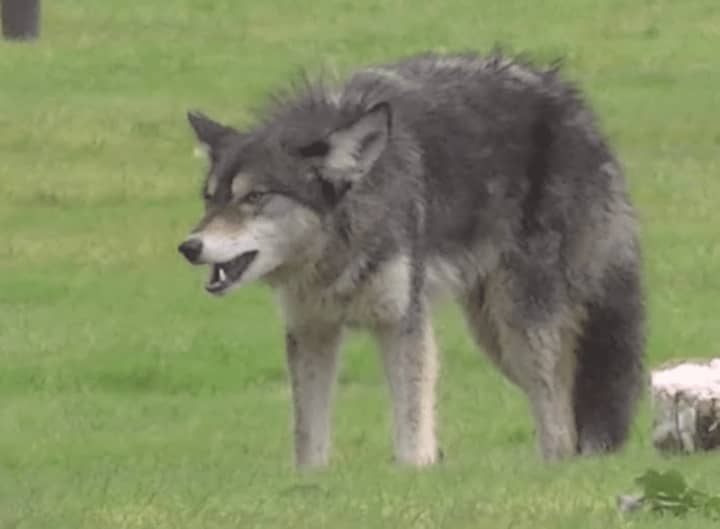But contrary to what one local official suggested in a weekly report to residents, or what may have been posted on community chat boards, there are no offspring from present-day coyote-wolf dalliances prowling around the countryside, say wildlife experts.
First of all, there are no wild wolves in New York. Secondly, the likelihood of coyotes getting together with wolves, or ordinary dogs, is highly unlikely since the animals have different mating cycles, according to urbancoyoteresearch.com.
True, eastern coyotes have a German shepherd-like look, which might lead to confusion over their identity.
The canine -- the object of controversy as well as curiosity -- has been present in New York since the early 20th-century, according to the SUNY College of Environmental Science and Forestry.
Just because there are no true coy-wolves, doesn’t mean the woodland critters don’t have some wolf in them, said Maggie Howell, executive director of the Wolf Conservation Center in South Salem.
DNA studies conducted in 2014 in the region, Howell said, showed that the eastern coyote is indeed a hybrid. It’s 64 percent pure coyote, 13 percent gray wolf, 13 percent eastern wolf and 10 percent dog.
However, she said, “that didn’t happen yesterday.”
“We’re talking way, way back in time. Evolution doesn’t end; it’s always a process,” Howell said.
Even we, as two-footed mammals, are now considered to be hybrids.
Scientists have found evidence that our caveman ancestors mated with Neanderthals way back when.
While Neanderthals vanished nearly 40,000 years ago, only a tiny fraction of their genes remain in modern humans, supposedly because evolution purged them due to incompatibility.
Today’s coyote don’t seem to have a problem adapting to the environment, said Wendy Rosenbach, a spokeswoman for the state Department of Environmental Conservation’s Region 3.
Like bears, as more and more of their territory is encroached upon by humans, coyotes learn to go where the food is, whether that’s an urban dumpster or a trash can in a suburban backyard.
But, said Rosenbach, the chances of them mating with a domesticated, or even feral, dog are “very remote, in fact, it’s not likely at all.”
Like other wildlife present in Westchester – foxes, raccoons and skunks – coyotes are timid and tend to shy away from humans, unless sick, such as the rabid coyote that bit two people and had to be put down in Ossining recently.
“They are meant to be enjoyed, but at a distance, to be safe,” Rosenbach said.
Understanding wildlife is the best way to co-exist with, and appreciate it, Howell said.
Wolves, as a large predator hated by ranchers and deer hunters, disappeared from New York state around 1900 due to habitat destruction and unrestrained hunting, according to the U.S. Fish and Wildlife Service.
Many wildlife advocates are reportedly hoping that state and federal agencies will work to bring the wolf back to the Northeast.
According to Howell, there is some evidence that the grey wolf has tried to re-colonize the Northeast, but since the only ones that have been found are dead (having usually been shot), there is no definitive proof, Howell said.
Wolves, like mountain lions, are part of the eco-system; they prey on animals such as deer and moose. Coyotes go for smaller mammals, such as rodents, Howell said.
“It’s a system created by Mother Nature, who’s pretty good at it,” she added.
Howell’s not-for-profit, which was founded in 1999, says its main goal is to promote conservation through education about their biology, ecological benefits, and the current status of recovery in the United States.
It works closely with state and federal agencies to house wolves, conduct selective breeding management and make recommendations for release.
Until people have a “better understanding of what ecology is and how to live with coyotes,” there will never be a chance for wolves to return to the Northeast, she said.
Meanwhile, no one should fear that there are hybrids running around Westchester.
“Coy-wolves are not a thing,” Howell said.
For more information about the Wolf Conservation Center, click here.
Click here to follow Daily Voice New Rochelle and receive free news updates.


